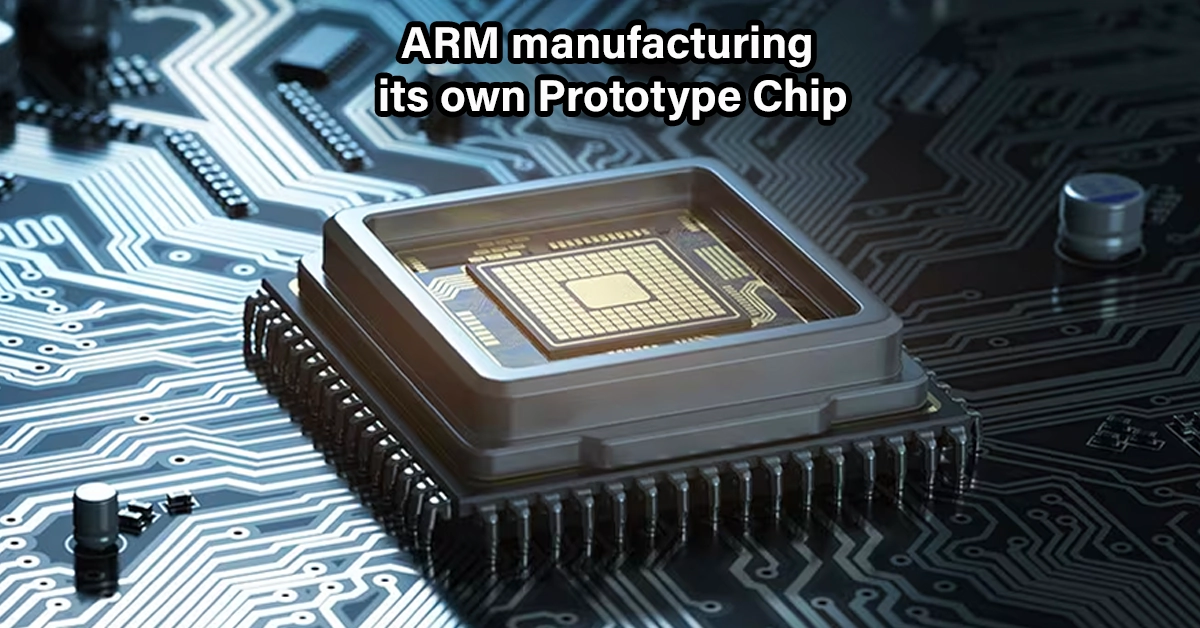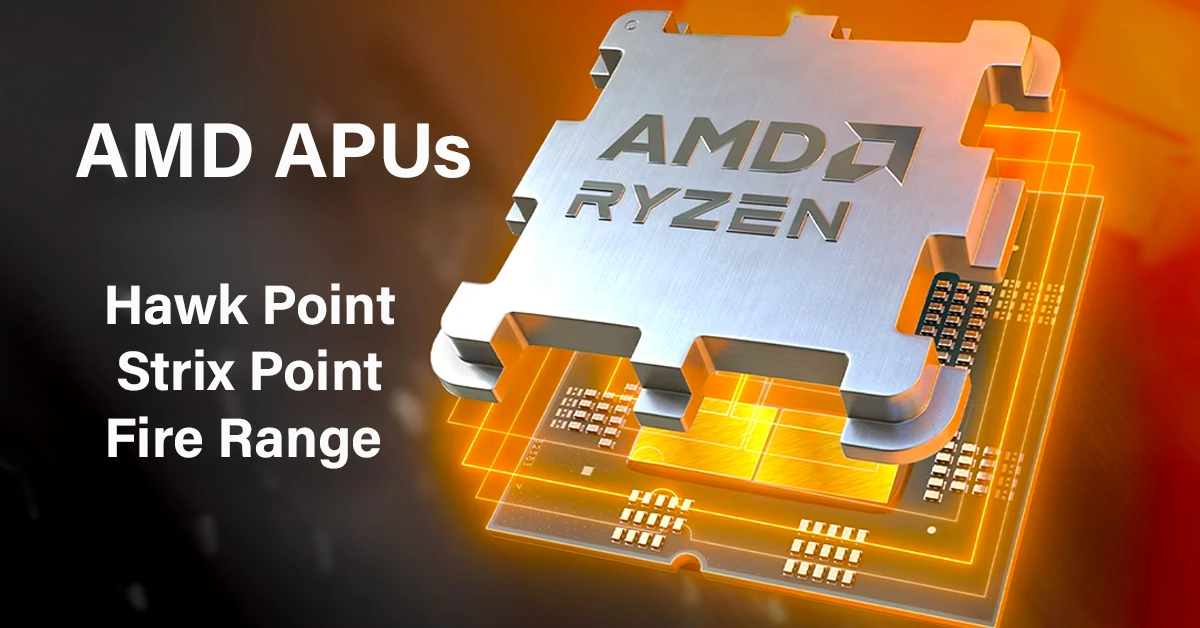
ARM to Manufacture its Own Chips Soon
Snehil
- 0
After getting acquired by Softbank, ARM is looking to pivot itself from just making blueprints for chip designs, to actual manufacturing. It plans to collaborate with Intel and device manufacturers. For now, it’s just looking to build test chips with chip manufacturers like Intel. I had written last week about how Intel is planning to make its fab available to customers like Apple, Nvidia etc, just like TSMC. The move comes after its acquisition by Softbank and as the company prepares for a planned listing on the Nasdaq exchange in New York.
A Big Change Since The Past Few Decades
Traditionally, Arm has provided blueprint designs to chip manufacturers, such as Intel, without directly participating in the development and production of semiconductors. The company aims to showcase the power and capabilities of its designs to a broader market through this prototype. Over 500 Firms, Including Apple, MediaTek, and Qualcomm, Utilize Arm-Designed Elements in Their Semiconductors
In the past, Arm has collaborated with partners like Samsung and TSMC to create test chips, primarily to help software developers familiarise themselves with new products. However, according to the Financial Times, Arm’s latest chip, which began development within the last six months, is more advanced than any of its previous creations. The company has assembled a larger team to focus on this effort, targeting chip manufacturers rather than software developers.
Arm has established a new “solutions engineering” team, led by industry veteran Kevork Kechichian, to spearhead the development of prototype chips for mobile devices, laptops, and other electronics. Kechichian, who joined Arm’s executive team in February, has held previous positions at NXP Semiconductors and Qualcomm, where he oversaw the development of the flagship Snapdragon chip. ARM has cleared that it has not planned to manufacture chips at scale for now, rather just showcasing its full potential and attracting new customers. It can also mean that device makers, OEMs can directly outsource their chips from ARM, rather than Qualcomm or Mediatek.
Market Concerns and Future Prospects
While there are concerns within the semiconductor industry that Arm could become a competitor to some of its largest customers, such as MediaTek or Qualcomm, sources close to the company maintain that there are no plans to sell or license the product, and that it is only working on a Arm’s current business model, which does not compete with its customers, has led to its products being found in over 95% of smartphones, with clients including Qualcomm, MediaTek, and Apple.
Transforming intellectual property into physical chips is a much more capital-intensive endeavor. SoftBank’s push for growth has prompted Arm to explore changes in its commercial practices, including alterations to its intellectual property licensing. Under the new changes, device manufacturers like Samsung, Google, Motorola, OnePlus etc will also be required to pay royalties to the company, potentially increasing device prices.
Brady Wang, a semiconductor analyst with Counterpoint Research, commented on Arm’s move, saying, “Google thought it could demonstrate the world’s best Android OS, so it built the Pixel phone. Microsoft thought it was the master of Windows, so it built Surface laptops. So, naturally, Arm thinks it can build best-in-class Arm-based chips, better than chip developers out there.
While the mobile market is dominated by ARM, the PC market is still untapped. Intel and ARM are not too innovative with their x86 architecture. It remains to be seen if ARM can take over the PC market. Apple has already shown how ARM’s efficient design can be a good option for Laptops and even desktop PCS.
Intel, the chipmaking giant, had last week announced its partnership with ARM. Intel doesn’t have plans to ditch its x86 archticture and embrace ARM. But it will be using its expertise in chipmaking for third party vendors like Qualcomm, Apple, Mediatek and others who need ARM chips, but don’t have their own manufacturing units.


